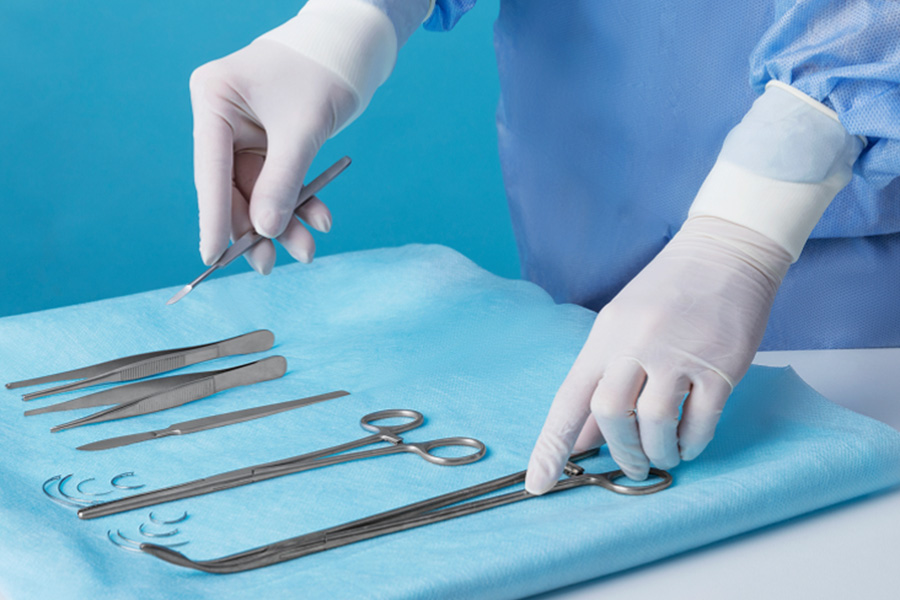
Double eyelid surgery has become one of the most common cosmetic procedures performed at aesthetics clinics in Singapore, particularly among individuals looking to create a more defined eyelid crease. While demand continues to rise, many prospective patients are apprehensive about the procedure’s safety. Understanding how the city-state’s regulatory structure, surgical techniques, and clinic standards affect the safety of double eyelid surgery is critical for making an informed choice.
Regulation and Medical Standards in Singapore
Singapore maintains stringent healthcare regulations, especially in aesthetic medicine. All aesthetic procedures, including double eyelid surgery, must be performed by licensed medical practitioners registered under the Singapore Medical Council (SMC). Furthermore, clinics offering such procedures must comply with guidelines set by the Ministry of Health (MOH) to ensure that facilities, equipment, and staff meet the required safety benchmarks. These regulations significantly reduce the likelihood of malpractice or substandard care, making local aesthetics clinics among the safest in the region. However, patients must still verify that the doctor is trained in aesthetic surgical procedures and has a proven track record in eyelid surgery.
Understanding the Techniques Used
Double eyelid surgery in Singapore typically involves either the incisional or non-incisional method. The incisional method involves creating a cut along the eyelid crease to remove excess skin, fat, and muscle, resulting in a permanent fold. The non-incisional (suture) method uses stitching techniques without cutting the skin, often recommended for those who want a less invasive approach or are unsure about committing to a permanent change. Both methods are considered safe when performed by experienced practitioners. However, they carry different risks. The incisional method may involve longer recovery and a slightly higher risk of swelling or scarring, while the non-incisional approach may have a higher revision rate over time. Nonetheless, with proper technique and hygiene, complications remain low across both methods.
Risks and Possible Complications
Double eyelid surgery carries some risk, as with any surgical procedure. Potential complications include infection, asymmetry, scarring, or dissatisfaction with the aesthetic result. These risks are minimised in reputable aesthetics clinics due to strict sterilisation protocols and pre-operative assessments that ensure the patient is a suitable candidate. Most complications are minor and temporary, often resolving with basic aftercare. Clinics also conduct thorough consultations to manage expectations and reduce the likelihood of post-surgical regret, which is a significant factor in perceived dissatisfaction rather than actual surgical error.
Importance of Post-Surgery Care and Follow-Up
The safety of double eyelid surgery does not end when the procedure is complete. Proper post-operative care plays a significant role in ensuring smooth recovery and preventing complications. Local aesthetics clinics typically provide detailed post-surgery instructions, including medication usage, cold compress routines, and activity restrictions. Follow-up appointments are also part of standard practice, allowing doctors to monitor healing and address any issues early. Clinics that offer structured post-operative support significantly reduce the likelihood of infections or uneven results. Therefore, the clinic’s commitment to aftercare is as important as the surgical procedure itself.
Choosing a Qualified Aesthetic Clinic
Patients must be cautious when selecting an aesthetics clinic for double eyelid surgery. Look for clinics with MOH-licensed doctors, transparent consultation processes, and a portfolio of past procedures. It’s also advisable to avoid overly discounted or promotional services, which may compromise the quality of care or materials used. Verifying clinic credentials and surgeon experience is critical in ensuring a safe and satisfactory outcome. Many top clinics also offer simulation previews or digital imaging to help patients visualise the results before committing to the procedure.
Conclusion
Double eyelid surgery in Singapore is generally safe due to the country’s high medical standards and regulatory oversight. The risks are minimal and manageable when conducted in a licensed aesthetics clinic by a qualified surgeon. However, patient safety still requires informed decision-making, reasonable expectations, and thorough adherence to post-operative care. Thorough research and consultation are essential before proceeding.
Visit Dream Plastic Surgery to explore safe and personalised eyelid options tailored to your facial profile.

